Archives
- 2025-11
- 2025-10
- 2025-09
- 2025-03
- 2025-02
- 2025-01
- 2024-12
- 2024-11
- 2024-10
- 2024-09
- 2024-08
- 2024-07
- 2024-06
- 2024-05
- 2024-04
- 2024-03
- 2024-02
- 2024-01
- 2023-12
- 2023-11
- 2023-10
- 2023-09
- 2023-08
- 2023-07
- 2023-06
- 2023-05
- 2023-04
- 2023-03
- 2023-02
- 2023-01
- 2022-12
- 2022-11
- 2022-10
- 2022-09
- 2022-08
- 2022-07
- 2022-06
- 2022-05
- 2022-04
- 2022-03
- 2022-02
- 2022-01
- 2021-12
- 2021-11
- 2021-10
- 2021-09
- 2021-08
- 2021-07
- 2021-06
- 2021-05
- 2021-04
- 2021-03
- 2021-02
- 2021-01
- 2020-12
- 2020-11
- 2020-10
- 2020-09
- 2020-08
- 2020-07
- 2020-06
- 2020-05
- 2020-04
- 2020-03
- 2020-02
- 2020-01
- 2019-12
- 2019-11
- 2019-10
- 2019-09
- 2019-08
- 2019-07
- 2019-06
- 2019-05
- 2019-04
- 2018-07
-
SP2509 australia It is possible that regulation of adiposity
2021-10-06
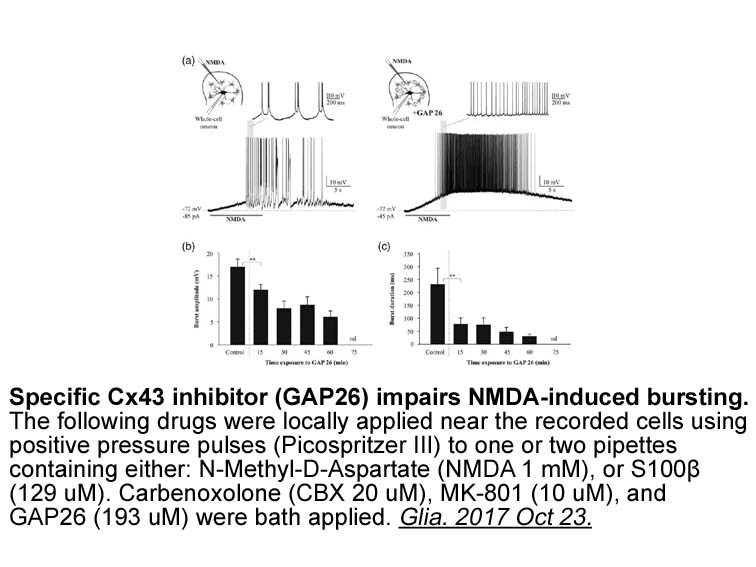
It is possible that regulation of adiposity and glucose homeostasis by GIP are in part mediated by altering leptin levels and/or leptin signaling. However, we are unaware of reports that support this mechanism of action of GIP. In addition, leptin levels in GIP receptor knockout mice [12], [52] and
-
tegison Here we investigated on epigenetic
2021-10-04
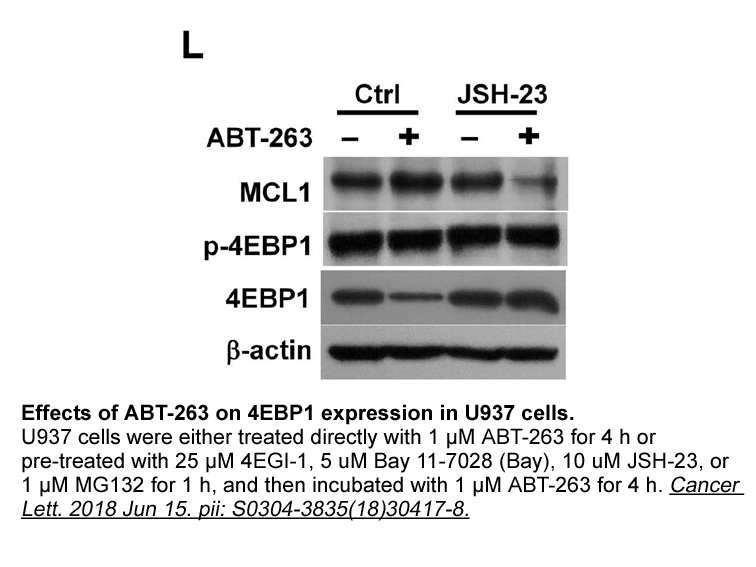
Here, we investigated on epigenetic regulatory mechanisms of ALX/FPR2 expression. Epigenetic changes, that include phosphorylation, acetylation, methylation and ubiquitination of DNA and histone proteins, occur in a variety of diseases [21] and are being recognized as key targets for personalized me
-
DZNep is a PRC inhibitor that inhibits
2021-10-03

DZNep is a PRC2 inhibitor that inhibits S-adenosylhomocysteine hydrolase, resulting in cellular accumulation of S-adenosylhomocysteine. S-adenosylhomocysteine is a competitive inhibitor of methyl donor for methyltransferases [38]. DZNep targets EZH2 by reduction in the level of the enzyme H3K27me3 a
-
Third across all three signaling molecules examined
2021-10-03

Third, across all three signaling molecules examined, the baseline abnormalities seen in Hdc-KO mice resemble the effects seen after H3R activation in wild-type animals. Specifically, MAPK activity (indexed by MSK1 phosphorylation) is increased at baseline in dMSNs of Hdc-KO mice to a similar degree
-
In contrast the sGC activator BAY relaxed
2021-10-03
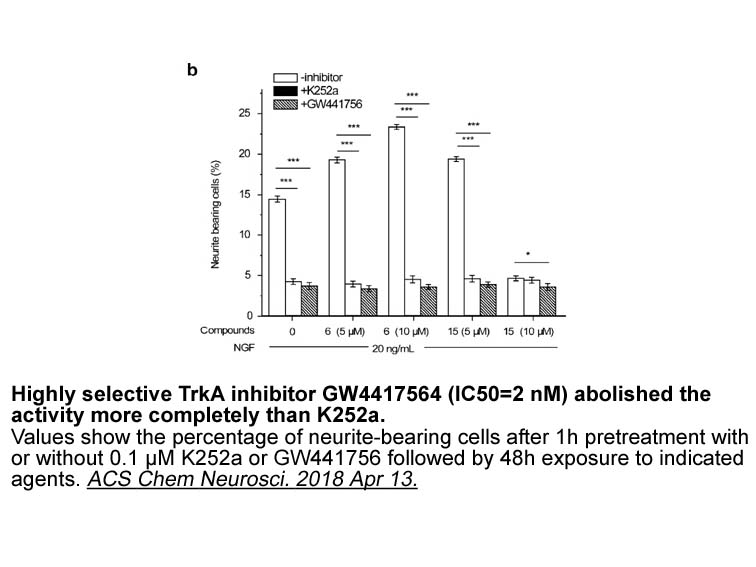
In contrast, the sGC activator BAY 58-2667 relaxed the CC in a concentration-dependent manner (Figure 4B), a response that was significantly increased in the CC of sGCβ1ki/ki mice compared with WT mice. The finding that BAY 58-2667 also possessed a corporal relaxing effect in WT mice is suggestive b
-
The PI K PTEN Akt
2021-10-02
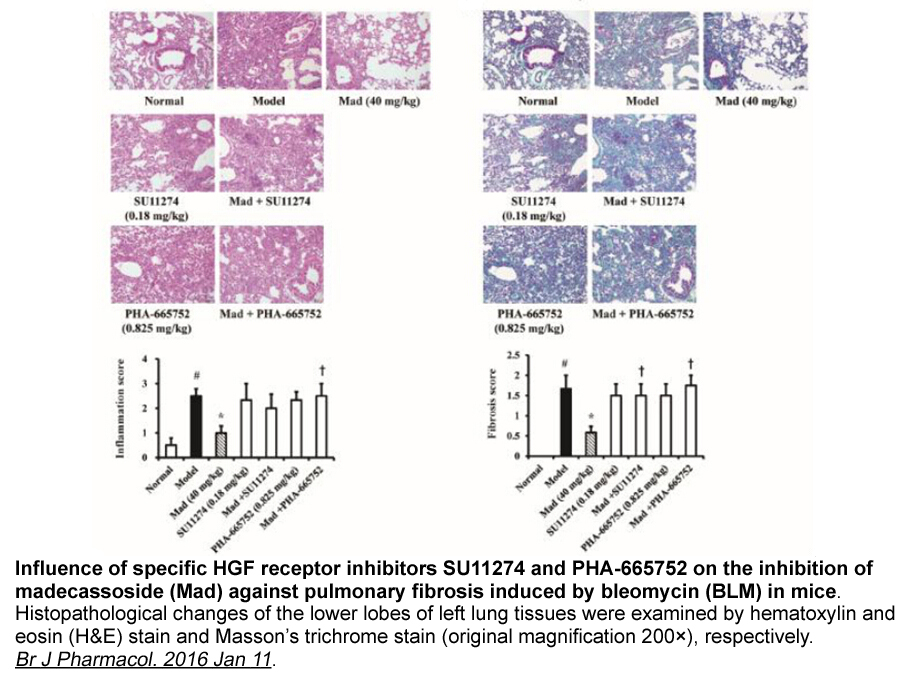
The PI3K/PTEN/Akt/mTORC1/GSK-3 pathway also plays key roles in metabolism, obesity, diabetes and cardiovascular diseases (, , , , ). Sometimes such clinical problems such as diabetes, obesity and metabolic disorders are interlinked with cancer. Clearly further elucidation of the roles of GSK-3 could
-
The ketone body receptor HCA is most likely
2021-10-02
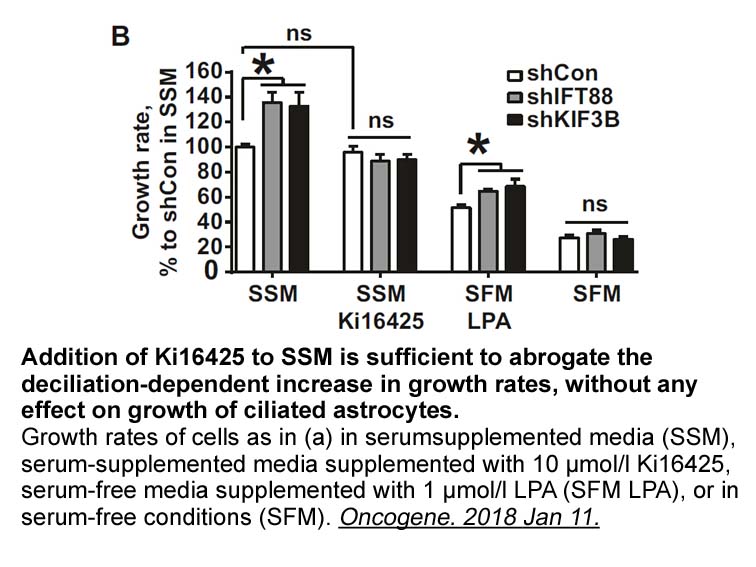
The ketone body receptor HCA2 is most likely not active under normal conditions, since local levels and plasma levels of ketone bodies such as β-HB are too low to activate the receptor. However, overnight fasting or prolonged starvation results in plasma levels of the ketone body in the millimolar r
-
It was noted elsewhere that several of the variants
2021-10-02
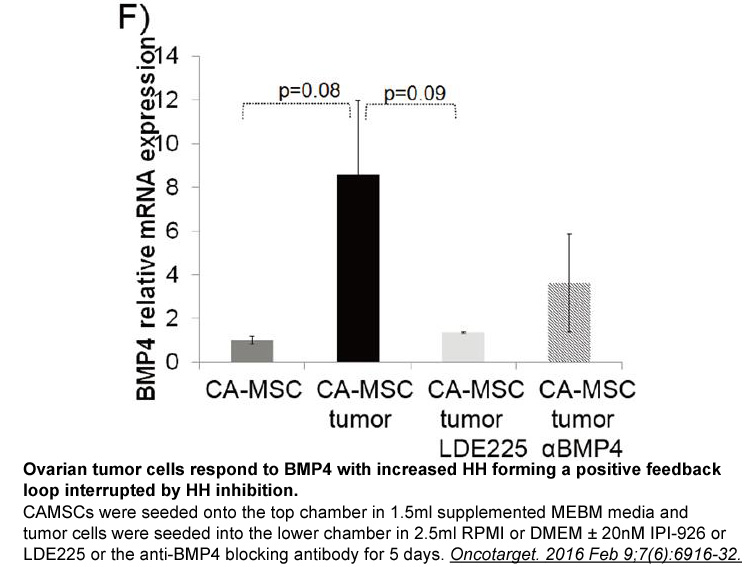
It was noted elsewhere that several of the variants (i.e., Indel19 and SNP63) that make up the risk haplotypes had unusually large differences in allele frequencies between Africans and non-Africans, as compared with a set of likely neutral loci (Fullerton et al. 2002). This finding was interpreted
-
The diseases of ocular surface and the cornea
2021-10-02

The diseases of ocular surface and the cornea are very common in ophthalmological practice and as a result there is a continuous, need for novel therapeutic options. Here, we demonstrated a corneal distribution of GPR35, a potential molecular target for new drugs (; ). The search for the expression
-
About epilepsy no specific seizure
2021-10-02
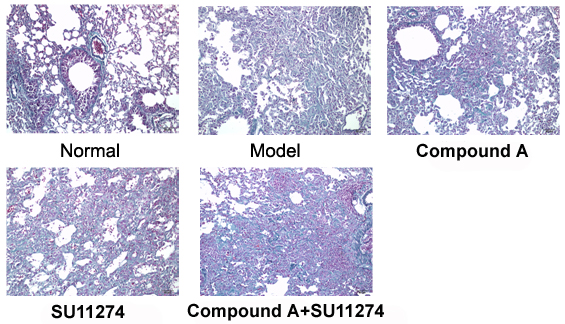
About epilepsy, no specific seizure type has been identified because GLUT1-DS is associated with a wide range of epilepsies: patients develop seizures in infancy and early childhood, which are, frequently, do not respond to anticonvulsant medication. In infants, seizures are described as brief, subt
-
Phylogenetic trees of receptors for peptides similar to
2021-10-02

Phylogenetic trees of receptors for peptides similar to glucagon from diverse vertebrate species typically are similar to the tree presented in Fig. 3 (Sivarajah et al., 2001, Chow et al., 2004, Irwin and Wong, 2005, Cardoso et al., 2005, Cardoso et al., 2006, Ng et al., 2010, Park et al., 2013, Hwa
-
Despite the potential promise of both of
2021-10-02
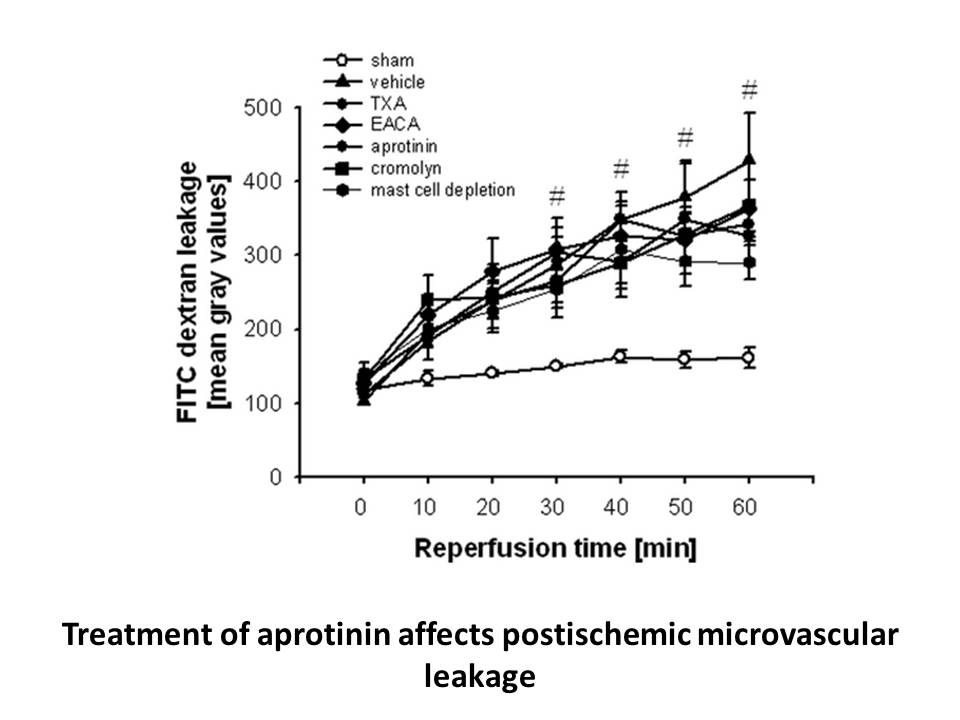
Despite the potential promise of both of these peptides, such compounds are still susceptible to efficient renal filtration (Emmanouel et al., 1978, Holst, 1991, Deacon et al., 1996). However, numerous studies have demonstrated that fatty Quizartinib dervatisation of related regulatory peptides resu
-
A pooled overall survival analysis at year showed no
2021-10-02

A pooled overall survival analysis at 1year showed no difference in survival between the two study arms, although these studies were not designed or powered to demonstrate a survival benefit. Among the 979 total patients in both ROMANA 1 and 2, about 55% continued on to the ROMANA 3 trial. That tria
-
In order t http www apexbt com media
2021-10-02

In order to validate the correctness of our interpretation of the gap-FRAP data and the analysis of GJC in astrocytes, we used a mathematical model based on morphological and experimental data. This mathematical model is based on SR101 diffusion in an elementary network. In agreement with the morpho
-
rvx Free fatty acids FFAs which are obtained
2021-10-01
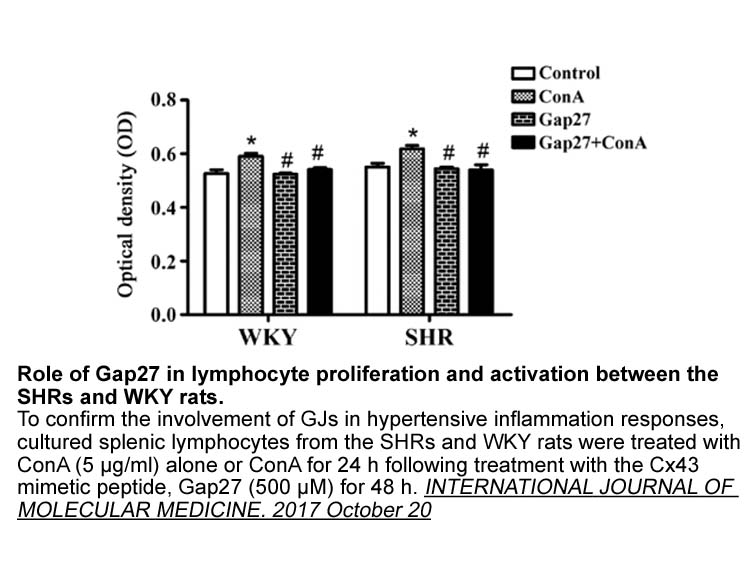
Free fatty acids (FFAs), which are obtained from dietary fat or endogenous synthesis, function as nutrients and signaling molecules. Studies have shown that free fatty rvx receptors 1–4 which are G-protein coupled receptors, bind free fatty acids and serve as receptors for these FFAs. Short chain F
15748 records 588/1050 page Previous Next First page 上5页 586587588589590 下5页 Last page